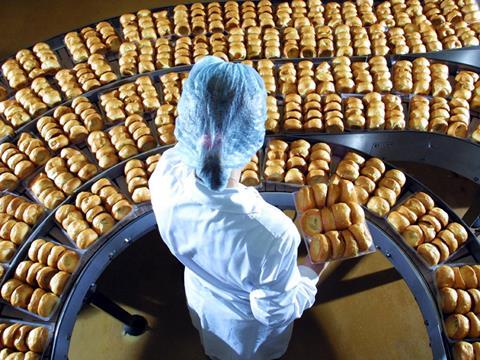
Prices charged by food and drink manufacturers fell at the fastest rate in more than three years in September, raising the prospect that inflation is set to ease significantly in the coming months.
The latest Lloyds Bank UK Sector Tracker showed the sector posted a reading of 48.8 on the measure of output charges, down from 50.5 in August. It is the lowest reading since February 2020 (46).
A reading above 50 indicates an increase, while below shows a fall. Of the 14 sectors monitored by the tracker, food and drink was the only sector to record a decrease in output charges.
The dip in prices to producers paid by retailers and wholesalers was driven by a steep fall in input costs in September, down from 43.3 in August to 42.4.
The last time the industry’s costs fell at this rate was November 2015 (39.6) and last month’s decrease is the sharpest of the five consecutive monthly falls recorded since May.
As a result of cutting its prices, the food and drink manufacturing sector saw the strongest new order demand (60.7 vs 49 in August) and output growth (57.5 vs 52.8 the preceding month) of any sector monitored by the tracker.
“September’s data is a perfect example of the relationship between pricing, demand, and growth,” said Nikesh Sawjani, senior UK economist at Lloyds Bank Corporate & Institutional Banking.
“Food and drink manufacturing sector output grew faster than other UK sectors as producers lowered their prices in response to five consecutive months of falling costs.
“If producers continue to pass on cost reductions, we could see food price inflation fall sharply in the coming months.”
Annabel Finlay, MD of food, drink and leisure at Lloyds Bank Commercial Banking, added: “The slowdown in food and drink manufacturers’ input costs is now clearly feeding through to the prices they charge their customers and, as a result, what consumers are paying at the till. If this trend continues, there is an opportunity for producers to leverage rising demand in the months ahead, particularly in the run-up to Christmas.”









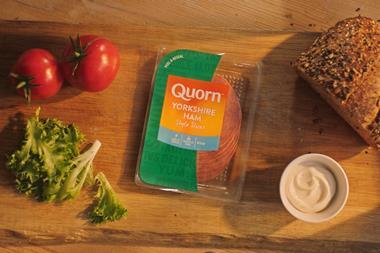
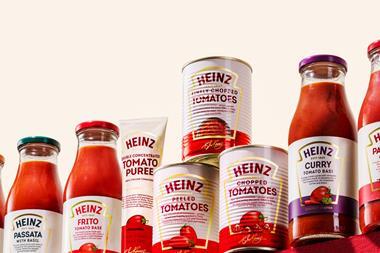
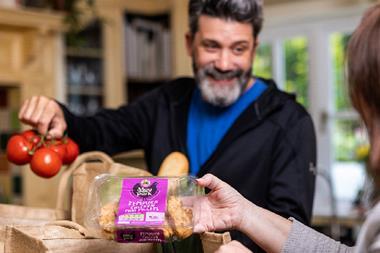
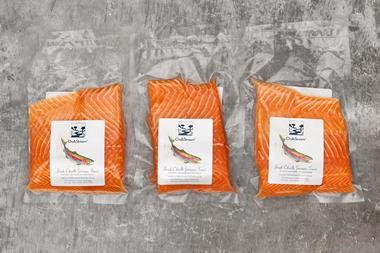


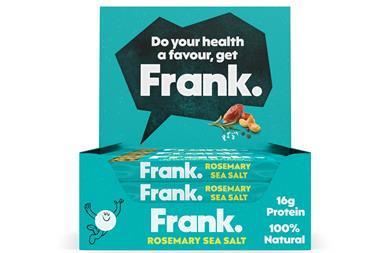


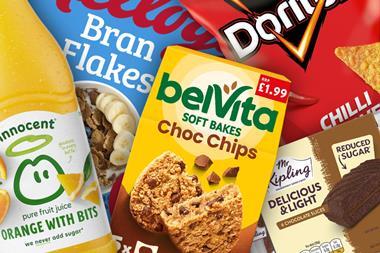
No comments yet